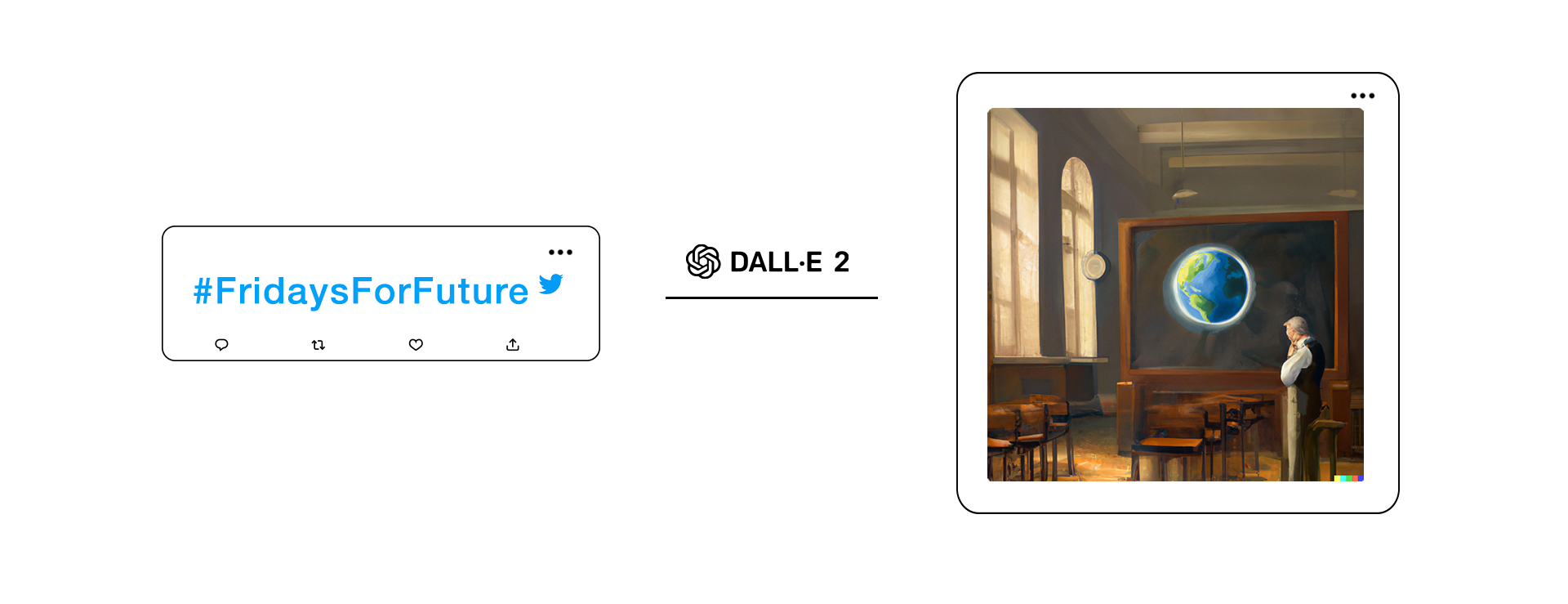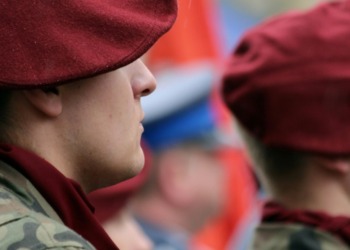Thanks to the internet and social networks, we now have real-time access to global dialogues, trends, and news; by using artificial intelligence to create art based on contemporary debate topics, Woods Art Institute’s “The Art of Trending” project examines the boundaries of art and what it is that makes an artist.
The institute describes it as the most contemporary art exhibition, “curated by all of us and executed by AI.”
The Art of Trending.
The most contemporary art exhibition.
Curated by all of us. And executed by AI.
#TheArtofTrending #Art #TrendingTopic #Dalle #Dalle2 #AI @OpenAI pic.twitter.com/3qMSohieCi— Woods Art Institute (@WoodsArtInst) September 21, 2022
“It is impressive and frightening at the same time how far artificial intelligence has come in this area. The many questions that this raises for our industry are what I find particularly fascinating,” Managing Director of INGO Hamburg Tobias Ahrans tells Impakter.
Launched in cooperation with creative agency INGO Hamburg and MAGIG Design + Technologies, the campaign began on September 19 on the Woods Art Institute’s social platforms and billboards around Germany. Due to its success, it has been extended and will last until the end of October.
How it works
“The Art of Trending” software employs hashtags gleaned from social listening to determine what is genuinely trending, notably in the realms of society, culture, the environment, and politics. The rest is pretty simple: Artificial Intelligence program “DALL-E 2,” which creates digital images from text descriptions, turns the hashtags or debate topics into artwork.
The open AI use policy prohibits DALL-E 2 from generating any inappropriate material.
Below are some examples of contemporary debate topics turned into art by artificial intelligence digital image generator “DALL-E 2” as part of “The Art of Trending” project.

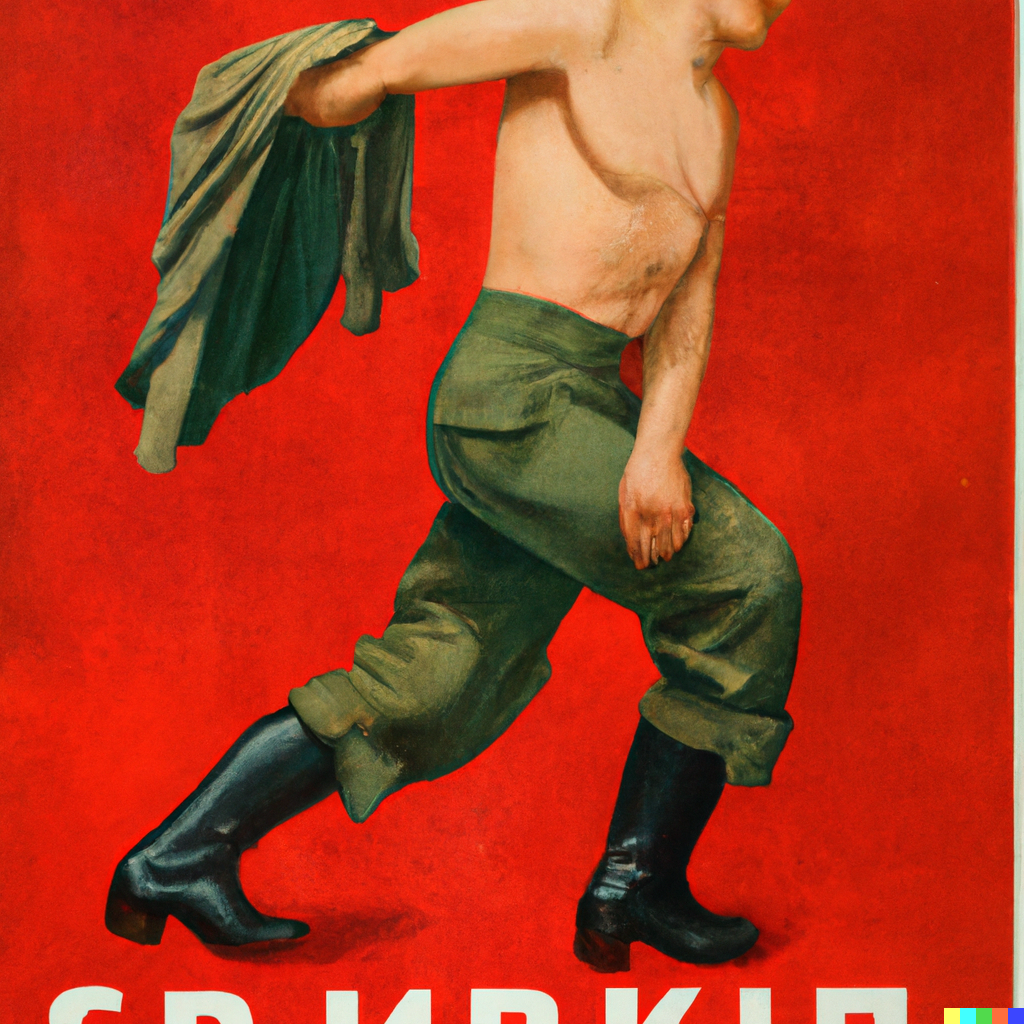
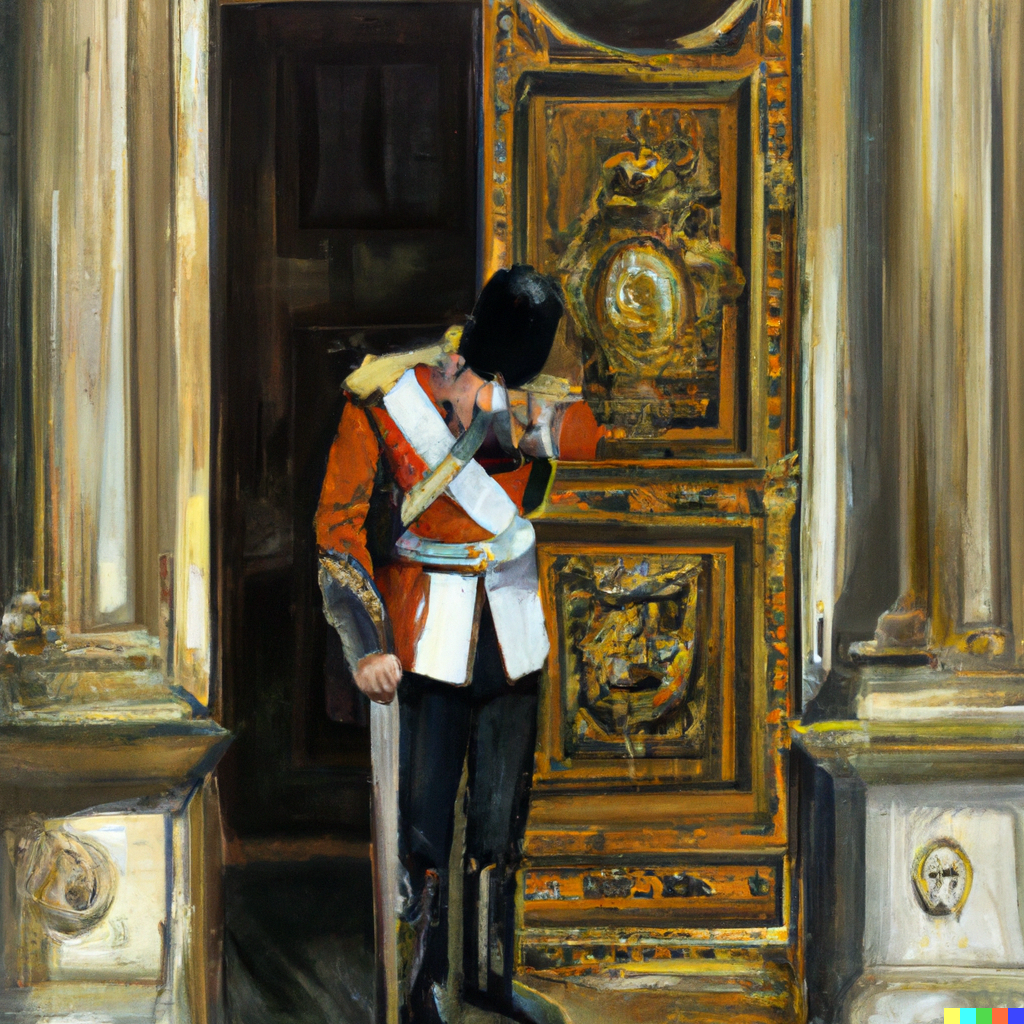
View this post on Instagram
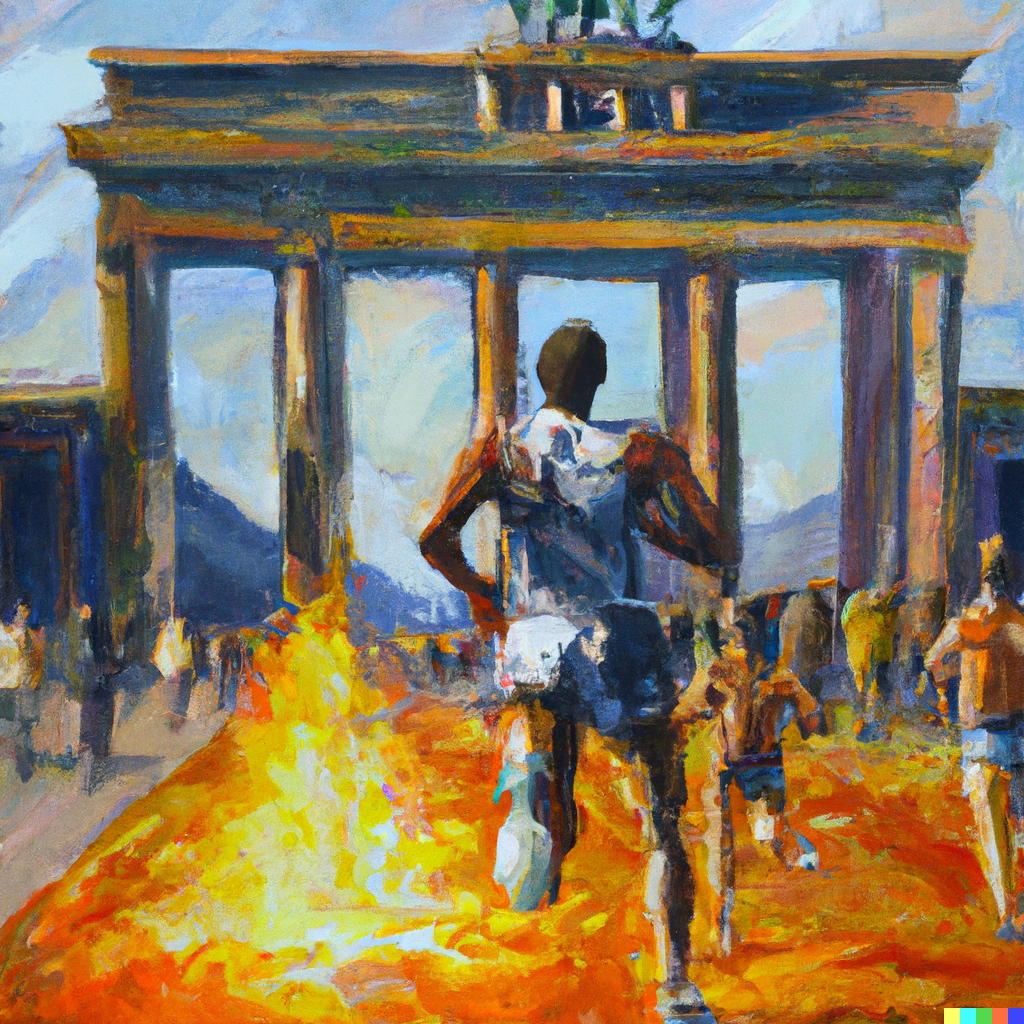
View this post on Instagram
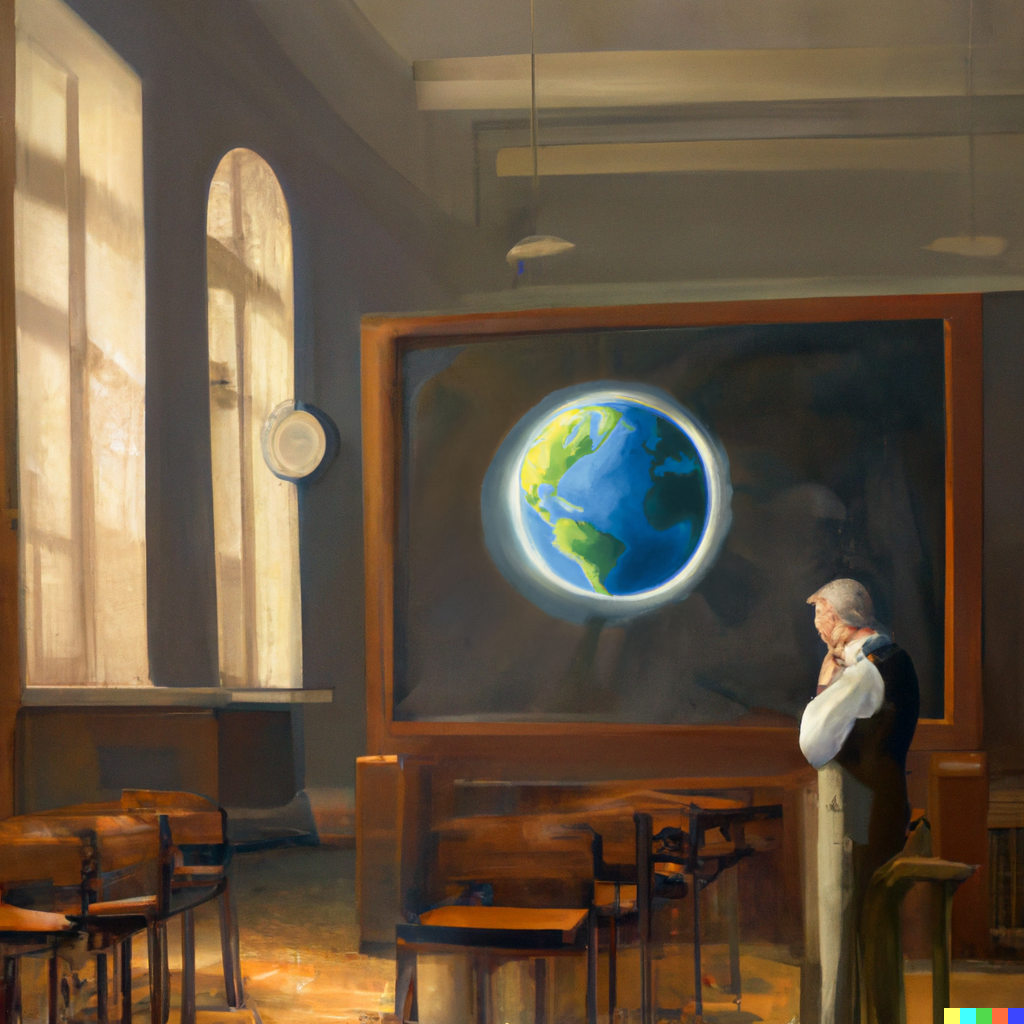
View this post on Instagram
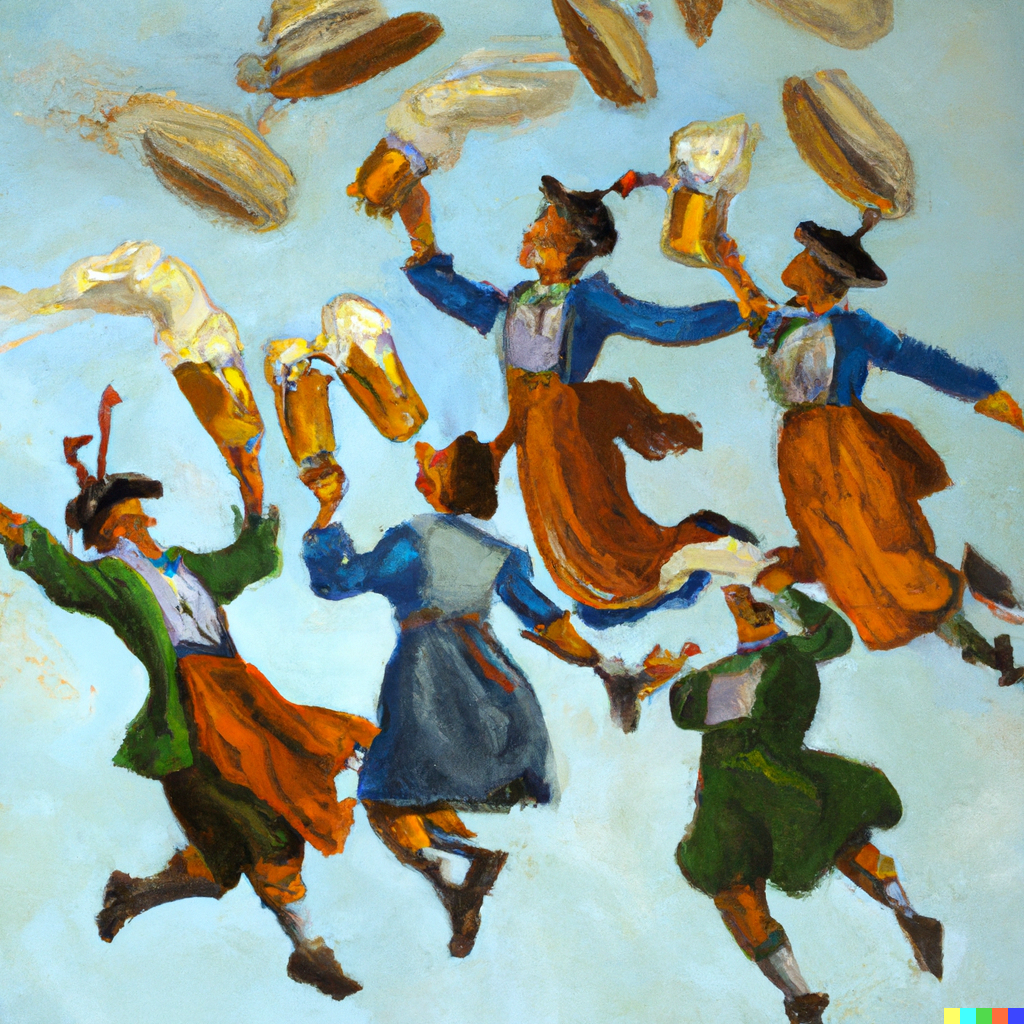
View this post on Instagram
The more AI art there is, the higher the value of human artists’ work
Recognizing that the art business is not an exception and that, like with any other sector, AI could eventually threaten artists’ jobs, Woord Art Institute explains that they don’t view the technology as a job replacement but rather as a “powerful tool for visual designers” that embraces and understands.
As Ahrans tells us, the institute finds the experiment “interesting not only on what AI can do but about sparking a conversation around new technologies related to art.”
“At the end of the day, our goal is to fuel a conversation with this experiment,” Ahrans adds.
Furthermore, as “tech art” becomes more widely available and human art becomes more distinctive, the institute expects that AI image generators will in fact elevate the value of genuine artists’ work.
— —
Interested in reading more about artificial intelligence making art? Last month, an AI-made work won a fine arts competition in the US. See here:
Editor’s Note: The opinions expressed here by the authors are their own, not those of Impakter.com — In the Featured Photo: Artificial intelligence generates digital image of: Iran Protests. Featured Photo Credit: Woods Art Institute.



